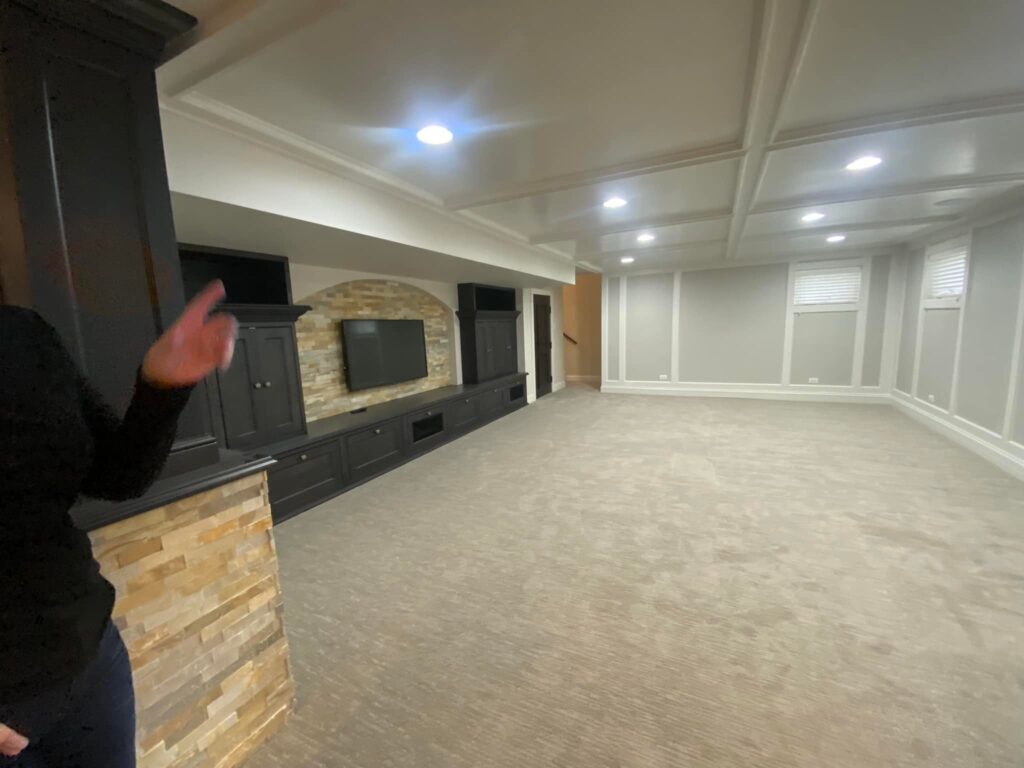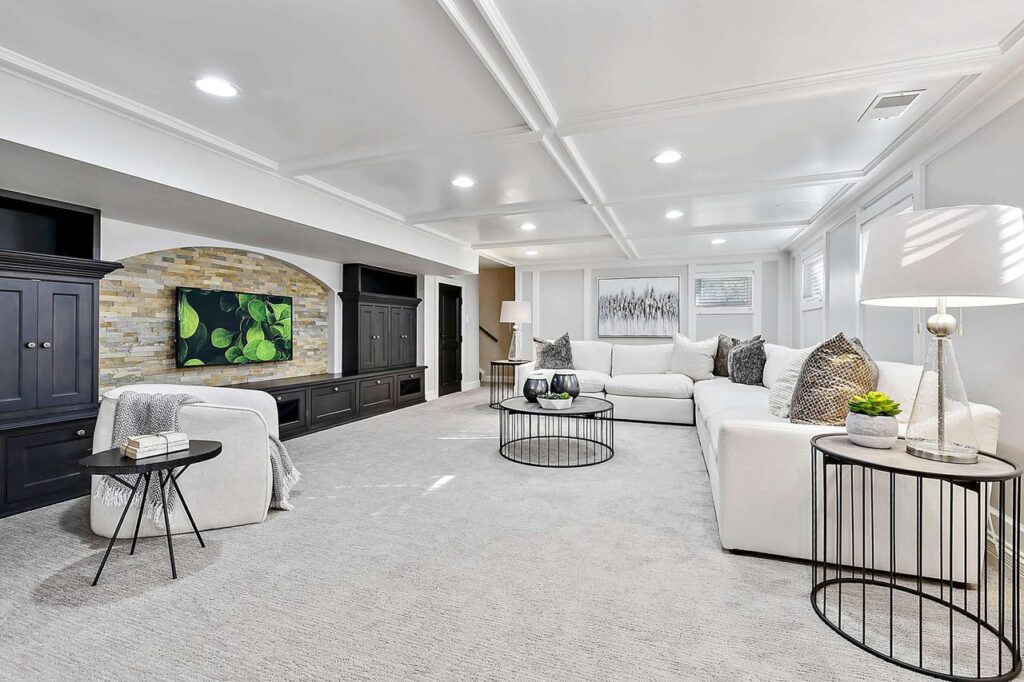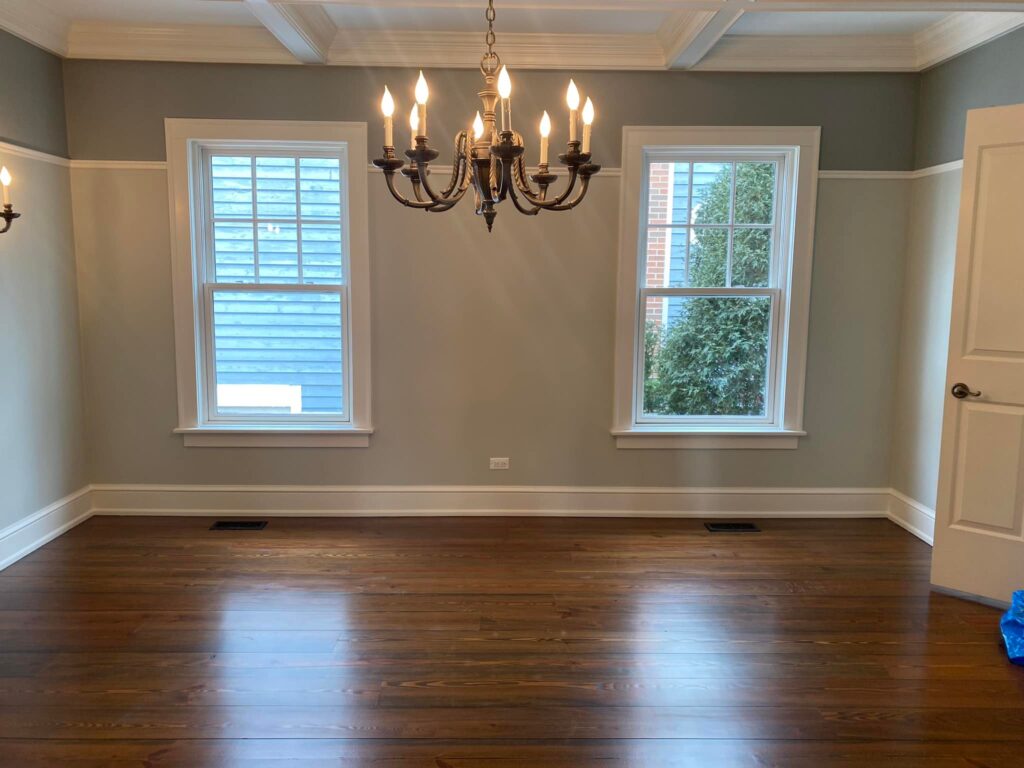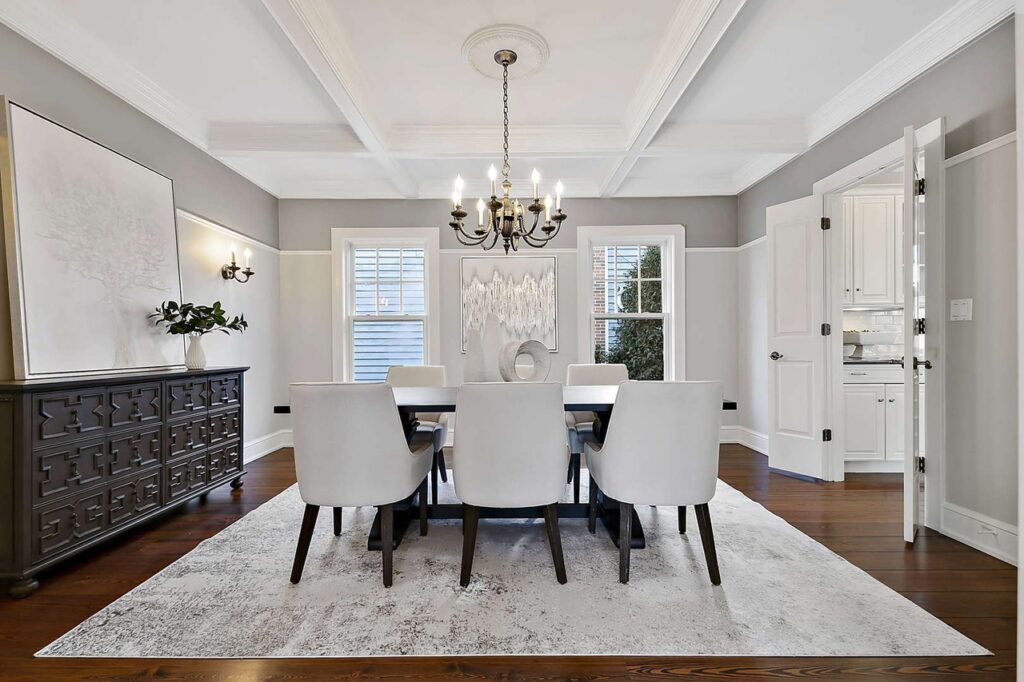Staging in a Seller’s Market vs. Buyer’s Market: Strategies for Success
The real estate market is a dynamic and ever-changing landscape influenced by economic factors, buyer and seller behaviors, and a host of other variables. Two key market conditions that significantly impact the real estate industry are seller’s markets and buyer’s markets. In each of these market scenarios, the approach to home staging can vary, and understanding the strategies for success is crucial for both sellers and real estate professionals. As the market begins to shift it’s important to under the differences and provide insights into how to adapt to market dynamics.
Seller’s Market: High Demand, Low Supply


In a seller’s market , demand for homes is high, while the supply of available properties is relatively low. With numerous buyers competing for a limited number of homes, sellers have the upper hand. Staging strategies in a seller’s market are tailored to maximize the perceived value of a property and create a sense of urgency among potential buyers. Here’s how to succeed in a seller’s market:
1. Highlight Key Features: Emphasize the most attractive and unique features of the property. Use staging to showcase these selling points and make them stand out.
2. Pricing and Presentation: Set a competitive but reasonable listing price, and combine it with immaculate staging. This creates the perception that the property is a great value.
3. Create a Turnkey Experience: Buyers in a seller’s market often want a move-in ready home. Ensure the property is in excellent condition and requires minimal repairs or updates.
4. Professional Photography: High-quality photos are essential to make the property stand out online, where many buyers begin their search. Professional staging complements professional photography for maximum impact.
5. Quick Turnaround: In a seller’s market, properties tend to sell quickly. Be prepared to act swiftly with staging and marketing to capitalize on the high demand.
Buyer’s Market: High Supply, Low Demand


In a buyer’s market, there is an abundance of properties available, and competition is fierce among sellers. Buyers have more options, and they can afford to be more selective. Staging strategies in a buyer’s market focus on making the property more appealing than the competition. Here’s how to succeed in a buyer’s market:
1. Neutralize and Depersonalize: Remove personal decor and color choices. Neutralize the space so that buyers can envision their own style in the home.
2. Home Inspection Preparation: Buyers in a buyer’s market may be more cautious. Address any maintenance and repair issues before listing the property to instill confidence in potential buyers.
3. Competitive Pricing: Price the property competitively to attract cost-conscious buyers. Staging can help justify the asking price by showcasing the property’s potential.
4. Emphasize Space: Create a sense of spaciousness by decluttering and arranging furniture to maximize room flow. Buyers in a buyer’s market appreciate the feeling of open space.
5. Curb Appeal: First impressions matter, so invest in improving the curb appeal of the property to entice potential buyers.
Adapting to Market Dynamics


Understanding whether you’re in a seller’s market or a buyer’s market is essential, but it’s equally important to be flexible and adapt to changing market conditions. Market dynamics can quickly shift, here’s how to adapt to market dynamics:
1. Stay Informed: Regularly monitor local market conditions and adjust your staging strategies accordingly.
2. Work with Professionals: Collaborate with experienced real estate agents and professional stagers who are knowledgeable about current market conditions.
3. Be Flexible: Be prepared to pivot your staging approach and pricing strategy to align with the prevailing market conditions.
4. Marketing Matters: Your marketing efforts should reflect the market condition. In a seller’s market, highlight the urgency; in a buyer’s market, emphasize value and opportunity.
5. Offer Incentives: In a challenging market, consider offering incentives, such as covering closing costs or including high-quality furniture in the sale.
Increase your chances of a successful sale, regardless of the prevailing market scenario, by contacting Chicagoland Home Staging today to schedule a home staging consultation.




